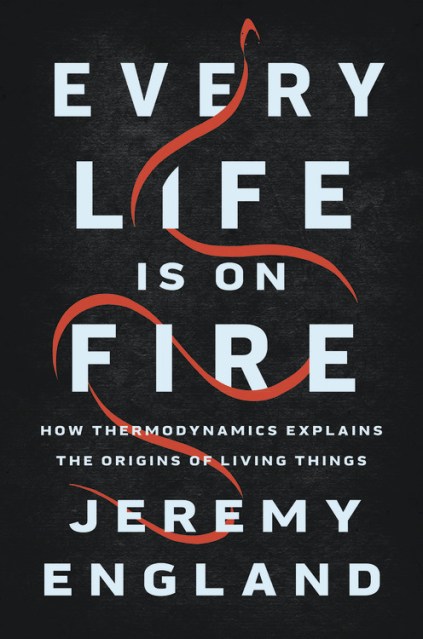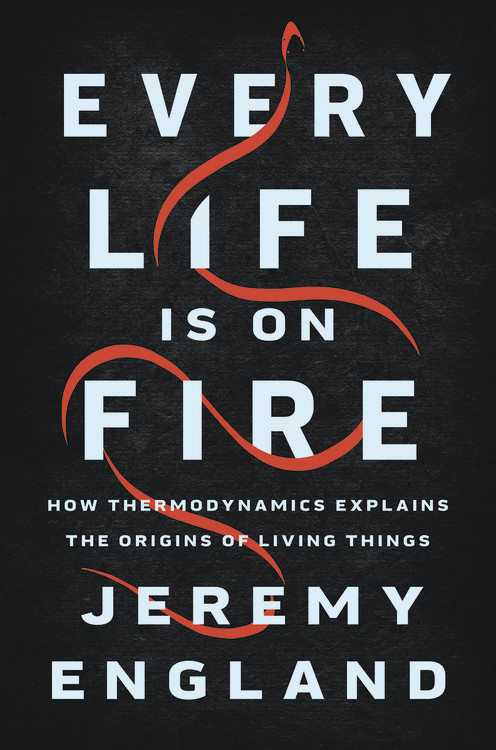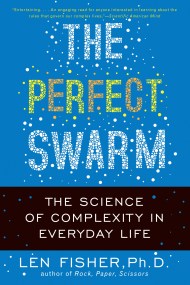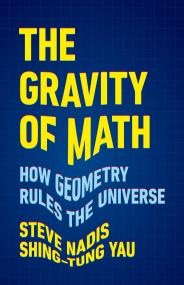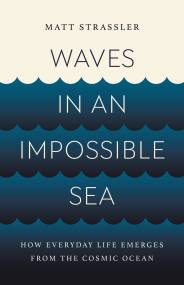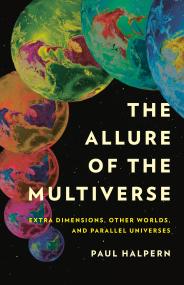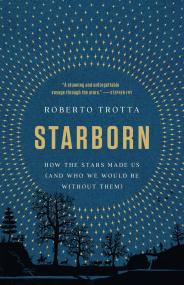Promotion
Use code MOM24 for 20% off site wide + free shipping over $45
Every Life Is on Fire
How Thermodynamics Explains the Origins of Living Things
Contributors
Formats and Prices
Price
$28.00Price
$35.00 CADFormat
Format:
- Hardcover $28.00 $35.00 CAD
- ebook $17.99 $22.99 CAD
- Audiobook Download (Unabridged)
This item is a preorder. Your payment method will be charged immediately, and the product is expected to ship on or around September 15, 2020. This date is subject to change due to shipping delays beyond our control.
Also available from:
A preeminent physicist unveils a field-defining theory of the origins and purpose of life.
Why are we alive? Most things in the universe aren’t. And everything that is alive traces back to things that, puzzlingly, weren’t.
For centuries, the scientific question of life’s origins has confounded us. But in Every Life Is on Fire, physicist Jeremy England argues that the answer has been under our noses the whole time, deep within the laws of thermodynamics. England explains how, counterintuitively, the very same forces that tend to tear things apart assembled the first living systems.
But how life began isn’t just a scientific question. We ask it because we want to know what it really means to be alive. So England, an ordained rabbi, uses his theory to examine how, if at all, science helps us find purpose in a vast and mysterious universe.
In the tradition of Viktor Frankl’s Man’s Search for Meaning, Every Life Is on Fire is a profound testament to how something can come from nothing.
Genre:
- On Sale
- Sep 15, 2020
- Page Count
- 272 pages
- Publisher
- Basic Books
- ISBN-13
- 9781541699014
Newsletter Signup
By clicking ‘Sign Up,’ I acknowledge that I have read and agree to Hachette Book Group’s Privacy Policy and Terms of Use
